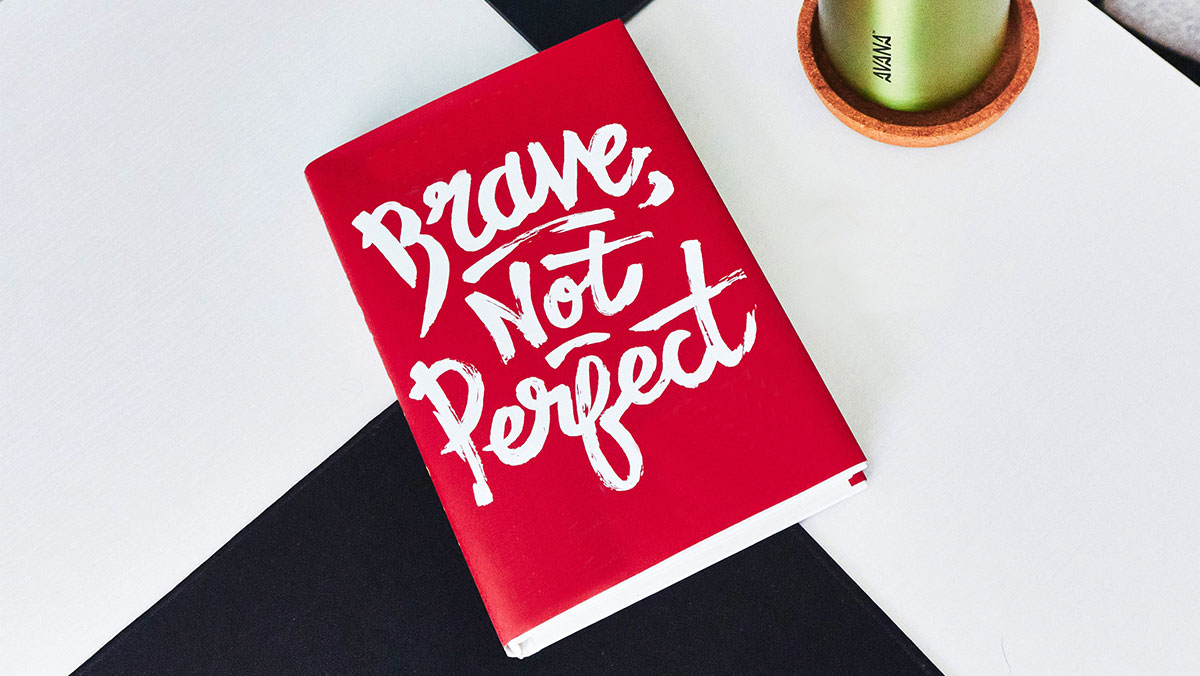
Why the dream of “good, fast, cheap” is within reach for brands, so long as big egos and oversized caution don’t get in the way.
“Keep dreaming.” That’s the sardonic punchline you will find at the bullseye of those “good, fast, cheap” diagram memes. In other words – “having it all” is a client fantasy, not a serious ask. But the reality of the “good, fast, cheap” trend is that it is not a client demand at all – it’s a consumer one. Switched-on shoppers expect brands to be always-on which effectively means producing a lot more targeted content at the speed of social – out of the same old marketing budget. In other words: good, fast, cheap.
The climb towards true agility and efficiency can be long and arduous. But if you want to know how close you are to a peak of “good, fast, cheap”, there is a simple test – given the choice, would you prefer the right idea or the right moment?
If you picked idea, there’s probably a column lamenting the loss of traditional craft skills we can redirect you to. If you’re still deciding or debating, then there’s a helpline at the end of this article.
Still here? OK. So, the two most important things any brand can pack to crack the code of “good, fast, cheap” are creative humility and operational bravery. You can streamline processes and upskill your teams but, without humility and bravery, brands will still miss the right moment waiting for the right idea.
Having spent most of my career in digital consumer media, I often remark that the central tenet of start-up culture – ‘Done is better than perfect’ (DIBTP) – is perfectly at odds with the operating philosophy of creative advertising which remains, even now, ‘Good is the enemy of the great’ (GITEOG).
GITEOG may win you Lions, but DIBTP will build you an empire – just ask Zuck. And DIBTP is, at its core, a consumer-first expression of humility. It says, “get your product out there now, unfinished, imperfect, in beta”, just don’t miss your moment. Iterative development – the acme of creative agility – is in fact premised on the idea that ultimately your consumers tell you what you have created – not the other way round.
Most agency teams could do with exposure to a hard deadline culture – having worked in a real newsroom I would recommend it for every aspiring creative director – but an MVP (minimum viable product) is also a good encapsulation of operational bravery. All unnecessary frills stripped out, all costly extras parked for a later date – just whatever is required to meet the moment and test consumer appetite.
An MVP is therefore also a good proxy for a “good, fast, cheap” process model. Many people will tell you increased operational efficiency comes from the innovations you add in. Those people are trying to sell you things.
Rather than building robust delivery structures, we remove roles from traditional delivery models to see what can be cut before things fall over. While that MVP looks different for every client, at its core is a belief in creative leadership that comes straight out of start-up culture. Creative leadership means data-comfortable creatives in charge, every role is in creative production, and key creatives and clients are in the closest possible proximity – using shared platforms to collaborate on “open source” ideas. Iterative development, no big ta-dah.
But operational bravery is more than just a game of Jenga. Because it doesn’t matter how many account managers you swap for producers, just as it doesn’t matter how much you invest in AI and automation – there can be no silver bullet for “good, fast, cheap” if brands remain afraid to pull the trigger.
The opposite of creative humility and operational bravery is believing your brand is so important, your next social post so crucial, that you do nothing. I once developed a “good, fast, cheap” content strategy for a famous beer brand. We produced “good, fast, cheap” social video, too – all shot in a single day with a single camera. The creative was far from perfect but as proof of concept it was “good enough”. The problem was it had taken 6 months of back and forth with perfectionist stakeholders for them to agree on a social strategy and greenlight these “quick and dirty” videos – so, by the time any work had hit consumers, this “social experiment” was rightly deemed to be slow and expensive.
The beer brand will go unnamed but, take it from me, good things don’t always come to those who wait.
For brands that want agility and efficiency, creative humility and operational bravery are non-negotiables. Creative humility means every task is created equal, even the thankless ones. Operational bravery your teams can pivot to any task when the moment demands it. But, at a deeper level, humility and bravery are a mantra that will set you free. Accepting that most content outputs are in fact not brand-critical really will accelerate the process, slash costs and make ideas more timely. After all, nobody is waiting for your lasting artistic statement, consumers just want you to add some value to the now.
In short: Get good with “good enough” for this fleeting moment in culture, and fast and cheap will follow.
Cover image source: Christian Lambert